If you’re a novice farmer eager to maximize your yields, you’ve come to the right place. Black soils, known for their fertility and moisture retention, offer a promising canvas for agricultural success. In this blog series, we’ll delve into the world of farming, explore the top crops suited for black soils, and provide essential tips, techniques, and insights to help you cultivate a thriving harvest.
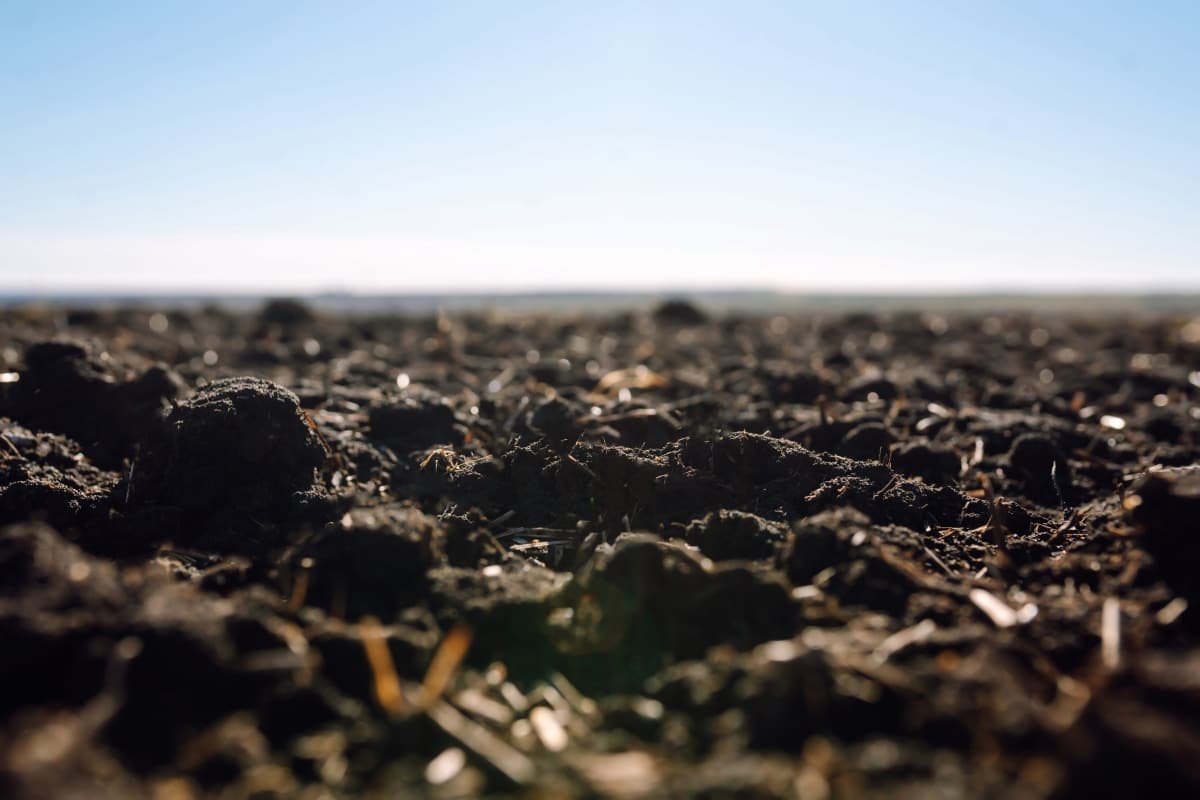
Introduction to Black Soils and Their Characteristics
Black soils, also known as Regur soils, are a type of soil found extensively in the Deccan Plateau of India. They are renowned for their capacity to retain moisture and are thus highly suitable for cultivating cotton, earning them the moniker ‘Black Cotton Soils.’ These soils are characterized by their high clay content, which contributes to their stickiness when wet and hard texture when dry.
Rich in soil nutrients like calcium carbonate, magnesium, potash, and lime, black soils are considered fertile and ideal for agriculture. However, they are also prone to soil erosion due to their fine texture. The color of black soils ranges from deep black to grey and is attributed to the high concentration of iron, organic matter, and potash. Typically, these soils have a good water-holding capacity, which is beneficial during dry spells, but they can become waterlogged during heavy rainfall.
Black soils are also known for their self-plowing quality. This is due to their expansion and contraction with moisture variations, which can break up the soil and bring nutrients to the surface. This unique feature reduces the need for manual plowing, making them less labor-intensive than other soil types.
Understanding Black Soil
The distinctive color of black soil, alternatively referred to as black cotton soil or regur, is attributed to the presence of volcanic boulders and lava flows. The distribution of this species is mostly concentrated in geographical areas, including Maharashtra, Gujarat, Andhra Pradesh, Karnataka, and Tamil Nadu. Black soil, characterized by its high clay content and excellent moisture retention, poses both difficulties and advantages for farmers.
Advantages of Black Soil
- Exceptional fertility owing to high levels of calcium carbonate, magnesium, potash, and lime.
- Moisture-retentive nature, reacting well to irrigation practices.
- Iron-rich granular structure confers resistance to wind and water erosion.
Disadvantages of Black Soil
- Prone to cracking when dry and swelling when wet, making it challenging to manage.
- Poor drainage system during flooding, leading to waterlogging issues.
- Low fertility in terms of nitrogen, phosphorus, and organic matter necessitates the use of fertilizers and manure to improve crop yields.
Crops Suitable for Black Soil
- Cotton: Thrives exceptionally well on black soil, making it the primary crop in these regions.
- Sugarcane: Flourishes under irrigated conditions, taking advantage of the soil’s fertility.
- Tobacco: Finds a conducive environment for growth in black soil regions.
- Millets: Including maize, jowar, and sorghum benefit from the moisture-retentive nature of black soil.
- Oilseeds: Such as groundnut and linseed, find suitable conditions for cultivation.
- Vegetables and citrus fruits: Successfully grown on black soil, thanks to its high fertility and moisture retention.
Classification of Black Soil
- Clayey Soil: Clayey black soil, predominantly found in peninsular India, is characterized by its fine texture and high clay content. It tends to be harder and more compact, making it suitable for crops like cotton and sugarcane.
- Loamy Soil: Loamy black soil contains a higher proportion of silt than clayey soil, resulting in a more friable texture. Due to its improved drainage and aeration, this type of soil is conducive to the cultivation of a wider range of crops.
- Shallow Black Soil: Found in regions like Satpura (Madhya Pradesh) and Maharashtra, shallow black soil is characterized by its limited thickness (less than 30 cm). Despite its shallow depth, this soil type supports the growth of crops such as jowar, maize, and wheat.
- Medium Black Soil: Occupying larger areas in states like Maharashtra, Gujarat, and Tamil Nadu, medium black soil ranges in thickness from 30 cm to 100 cm. This type of soil is versatile, supporting the cultivation of various crops under irrigated conditions.
- Deep Black Soil: With a thickness exceeding a meter, deep black soil is highly fertile and conducive to the growth of cotton, sugarcane, rice, and vegetables. This soil type is vital for sustaining agriculture in regions with abundant rainfall and irrigation facilities.
Characteristics of Black Soil
Color and Texture: Black soil derives its name from its distinct dark color, resulting from the presence of organic matter and minerals. Its texture varies from clayey to loamy, with a rich, crumbly consistency that facilitates root growth and water retention.
Moisture Retention: One of the most notable features of black soil is its exceptional ability to retain moisture. During the rainy season, it swells tightly and becomes sticky, while in the dry season, it forms deep cracks. This moisture-retentive nature ensures a steady water supply for crops, even during periods of drought.
Fertility: Black soil is renowned for its high fertility, attributed to its rich mineral composition, including calcium carbonate, magnesium, potash, and lime. These nutrients provide essential nourishment for plant growth and development, resulting in robust yields.
Compactness and Tenacity: When wet, black soil becomes highly compact and tenacious, making it challenging to work with. However, this characteristic also contributes to its stability and resistance to erosion, particularly during heavy rainfall.
Self-Plowing Nature: Black soil exhibits a unique self-plowing characteristic, wherein it undergoes natural tilling processes due to its shrink-swell behavior. This reduces the need for excessive tillage, preserving soil structure and minimizing soil erosion.
High CEC (Cation Exchange Capacity): Black soil’s high CEC effectively retains and exchanges essential nutrients with plant roots, enhancing nutrient availability and uptake.
The Best Crops for Black Soils
Cotton
Cotton is one of the most important cash crops grown in black soils. Black soils provide excellent moisture retention, which is essential for cotton cultivation. The major growing areas for cotton in black soils include the cotton belt regions of India, the southern United States, and parts of Africa. To thrive, cotton requires well-drained soil, adequate sunlight, and warm temperatures.
In case you missed it: Cotton Farming Guide; Planting; Care; Yield; Harvesting
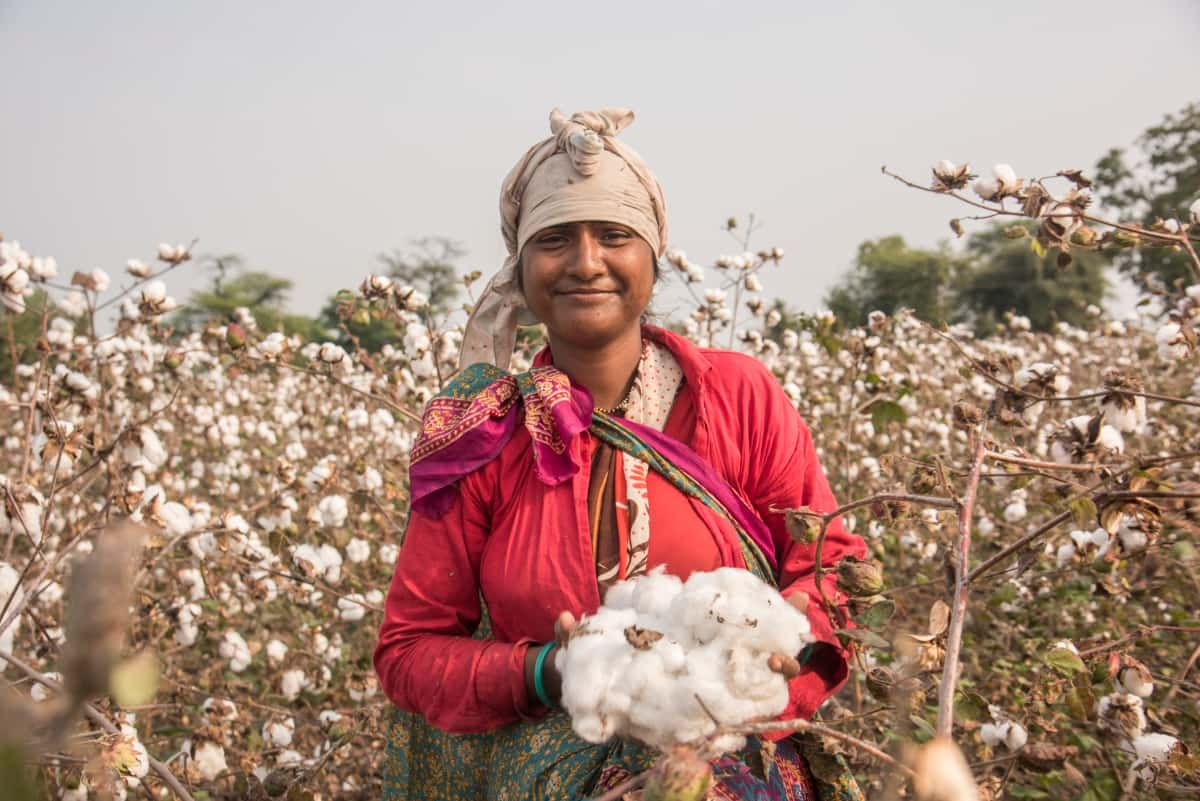
Wheat
Wheat is another crop that flourishes in black soil. These soils have good water-holding capacity, which helps in wheat cultivation. The major wheat-growing areas in black soils include:
- The Indo-Gangetic plains in India.
- The Great Plains in the United States.
- Parts of Europe.
- To grow successfully, wheat requires a cool climate and well-drained soil.
Soybeans
Soybeans are leguminous crops that are well-suited for black soils. These soils provide the necessary nutrients and moisture retention for soybean cultivation. Major soybean-growing regions in black soils include the Midwest region in the United States, parts of Brazil, and China. Soybeans require warm temperatures, well-drained soil, and moderate rainfall for optimal growth.
Sugarcane
Black soils are highly suitable for sugarcane cultivation due to their fertility and moisture retention capacity. Major sugarcane-growing areas in black soils include India, Brazil, and parts of Africa. Sugarcane requires a tropical climate, adequate water supply, and well-drained soil for optimal growth.
In case you missed it: Pest and Disease Management in Sugarcane: Causes, Symptoms, Chemical, and Biological Control
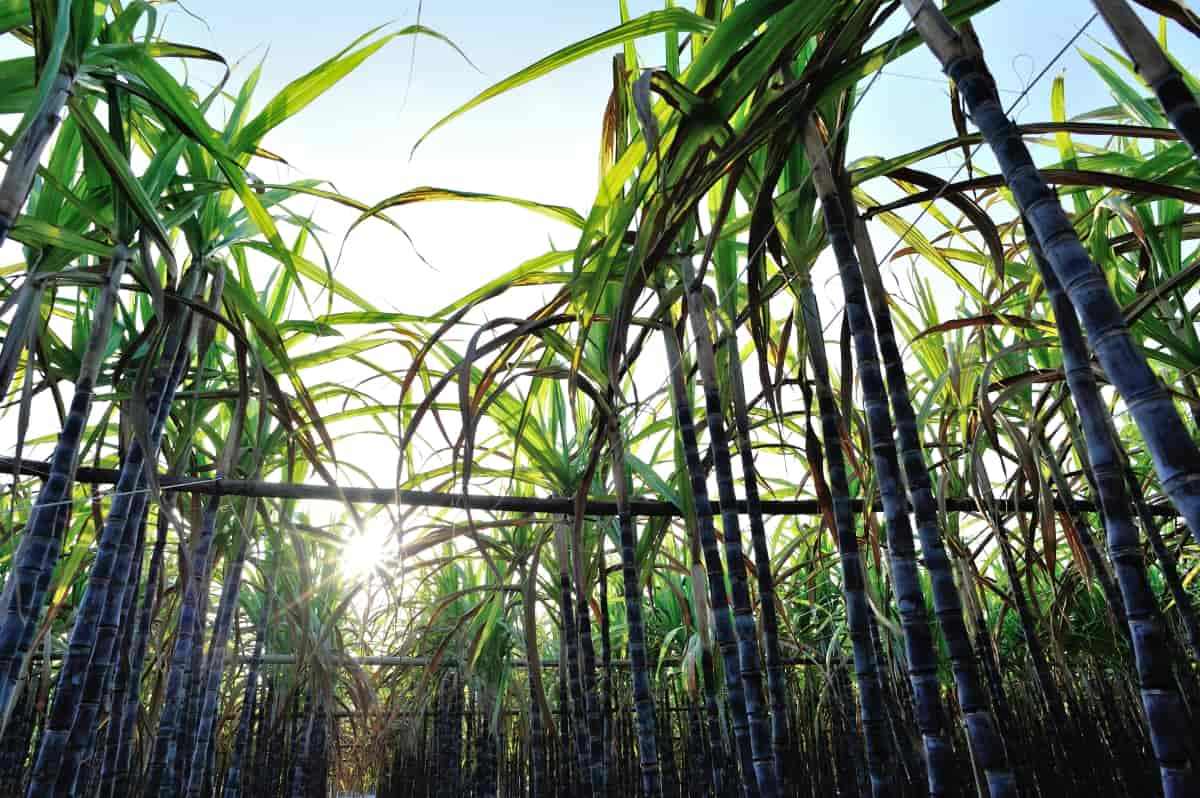
Peanuts
Peanuts, also known as groundnuts, are widely grown in black soils. Due to their moisture retention and nutrient-rich nature, these soils provide a conducive environment for peanut cultivation. Major peanut-growing regions in black soils include India, China, the United States, and parts of Africa. Peanuts require well-drained soil, warm temperatures, and moderate rainfall for successful growth.
Sorghum
Sorghum is a drought-tolerant crop that thrives well in black soils. These soils provide good moisture retention, which is essential for sorghum cultivation. Major sorghum-growing areas in black soils include Africa, India, and the southern United States. Sorghum requires well-drained soil, warm temperatures, and moderate rainfall for optimal growth.
Sunflowers
Sunflowers are well-adapted to black soils due to their deep root system and ability to tolerate dry conditions. These soils provide the necessary nutrients and moisture for sunflower cultivation. Major sunflower-growing regions in black soils include Russia, Ukraine, Argentina, and parts of the United States. For successful growth, sunflowers require well-drained soil, ample sunlight, and moderate rainfall.
In case you missed it: Pest and Disease Management in Sunflower: Causes, Symptoms, Chemical and Biological Control

Corn/Maize
Corn, or maize, is a staple crop that thrives in black soils. These soils provide the necessary nutrients and water retention for corn cultivation. Major corn-growing areas in black soils include the United States, Brazil, and parts of Africa. For optimal growth, corn requires well-drained soil, warm temperatures, and adequate rainfall.
Pulses
Pulses, like lentils, chickpeas, and beans, are commonly grown in black soils. These soils provide the necessary nutrients and moisture for pulse cultivation. Major pulse-growing regions in black soils include India, the Mediterranean region, and parts of Africa. For successful growth, pulses require well-drained soil, moderate temperatures, and adequate rainfall.
Oilseeds
Black soils are favorable for oilseed cultivation, including crops like mustard, sesame, and groundnut. These soils provide the necessary nutrients and moisture retention for oilseed crops. Major oilseed-growing areas in black soils include India, China, and parts of Africa. Oilseeds require well-drained soil, warm temperatures, and moderate rainfall for optimal growth.
Potatoes
Due to their moisture retention and nutrient-rich nature, potatoes are commonly grown in black soils. These soils provide the necessary conditions for potato cultivation. Major potato-growing regions in black soils include India, the United States, and parts of Europe. Potatoes require well-drained soil, cool temperatures, and adequate water supply for successful growth.
In case you missed it: Weed Management in Potato: Common Weeds of Potato and Herbicides Safe for Use on Potatoes
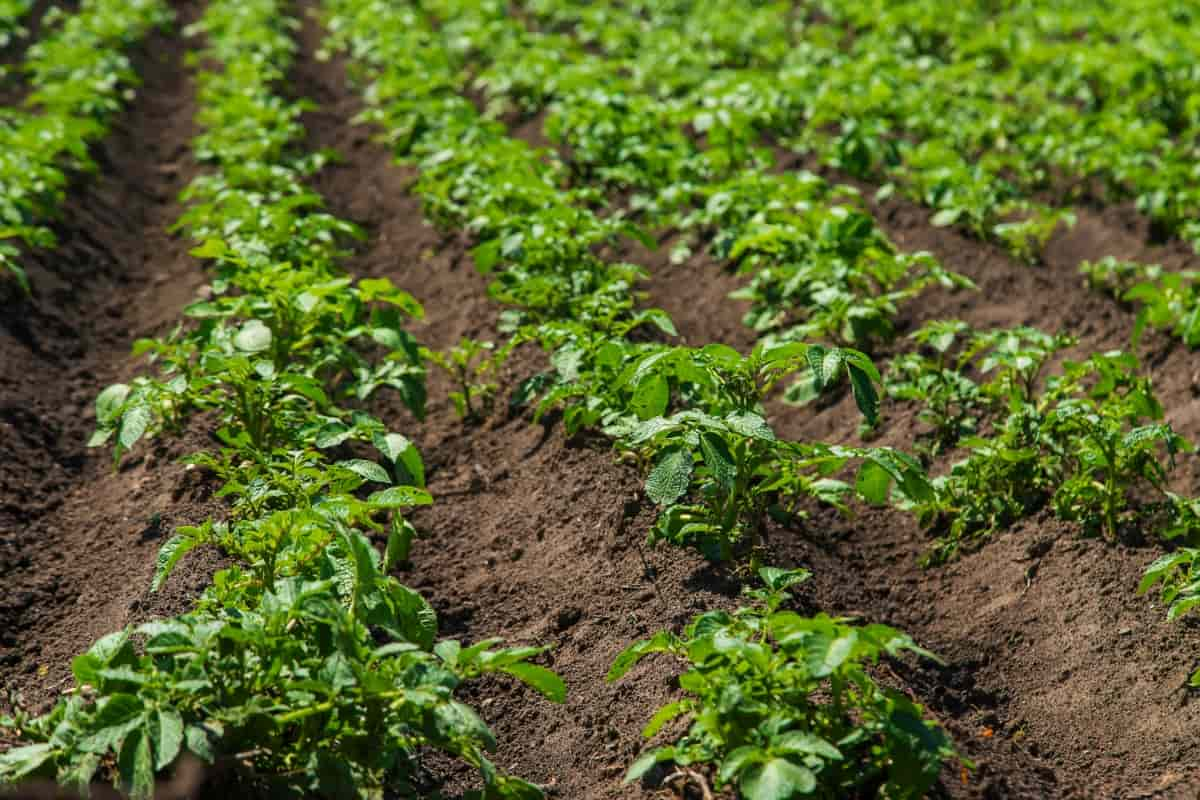
Chillies
Chilies, or hot peppers, thrive well in black soils due to their moisture retention and fertility. These soils provide the necessary nutrients and water for chili cultivation. Major chilli-growing areas in black soils include India, Mexico, and parts of Africa. For optimal growth, chillies require well-drained soil, warm temperatures, and moderate rainfall.
Turmeric
Turmeric is a spice crop that grows well in black soils. These soils provide the necessary nutrients and moisture retention for turmeric cultivation. Major turmeric-growing regions in black soils include India, China, and parts of Southeast Asia. Turmeric requires well-drained soil, warm temperatures, and moderate rainfall for successful growth.
Citrus Fruits
Citrus fruits, like oranges, lemons, can be successfully grown in black soils. These soils provide good drainage and fertility for citrus cultivation. Major citrus-growing areas in black soils include Florida in the United States, parts of Spain, and parts of India. For optimal growth, citrus fruits require well-drained soil, warm temperatures, and adequate water supply.
Garlic
Garlic is a bulbous crop that thrives well in black soils. These soils provide the necessary nutrients and moisture retention for garlic cultivation. Major garlic-growing regions in black soils include China, India, and parts of Europe. Garlic requires well-drained soil, cool temperatures, and moderate rainfall for successful growth.
Onion
Due to their moisture retention and fertility, onions are commonly grown in black soils, which provide the necessary conditions for cultivation. Major onion-growing regions in black soils include India, China, and parts of the United States. For optimal growth, onions require well-drained soil, cool temperatures, and adequate water supply.
In case you missed it: Top 18 Steps/Ways to Boost Onion Yield: How to Increase Production, Size, and Quality
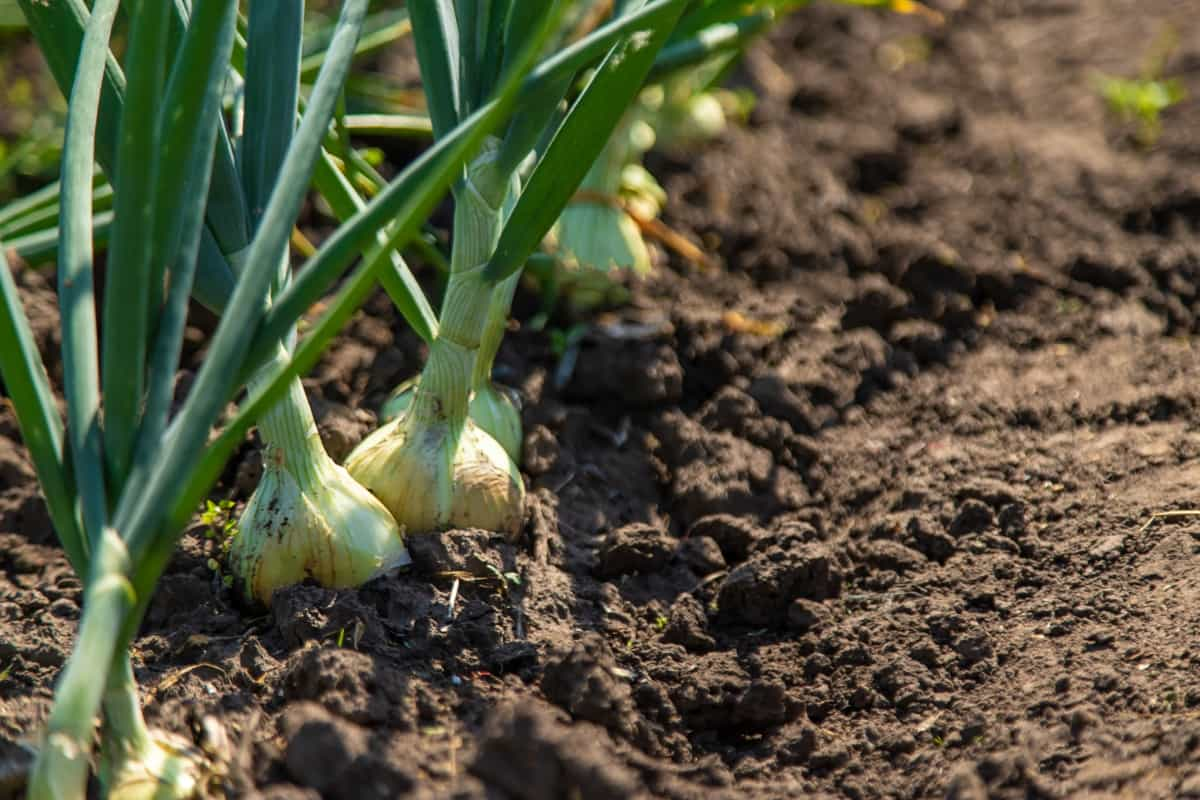
Black soils offer a fertile canvas for agricultural success, providing an ideal environment for various crops such as cotton, sugarcane, and millet. Their unique characteristics, including high fertility and moisture retention, make them invaluable assets for farmers. By harnessing the potential of black soils and selecting appropriate crops, beginners can embark on a journey towards fruitful harvests and agricultural prosperity.
- Types of Pesticides Used in Agriculture: A Beginner’s Guide
- Economical Aquaculture: A Guide to Low-Budget Fish Farming
- 15 Common Planting Errors That Can Doom Your Fruit Trees
- How to Make Houseplants Bushy: Effective Tips and Ideas
- Innovative Strategies for Boosting Coconut Pollination and Yield
- Pollination Strategies for Maximum Pumpkin Yield
- The Complete Guide to Chicken Fattening: Strategies for Maximum Growth
- Natural Solutions for Tulip Problems: 100% Effective Remedies for Leaf and Bulb-Related Issues
- Revolutionizing Citrus Preservation: Towards a Healthier, Greener Future
- Natural Solutions for Peony Leaf and Flower Problems: 100% Effective Remedies
- Maximizing Profits with Avocado Contract Farming in India: A Comprehensive Guide
- Natural Solutions for Hydrangea Problems: 100% Effective Remedies for Leaf and Flowers
- The Ultimate Guide to Choosing the Perfect Foliage Friend: Bringing Life Indoors
- From Sunlight to Sustainability: 15 Ways to Use Solar Technology in Agriculture
- The Ultimate Guide to Dong Tao Chicken: Exploring from History to Raising
- The Eco-Friendly Makeover: How to Convert Your Unused Swimming Pool into a Fish Pond
- Mastering the Art of Delaware Chicken Farming: Essentials for Healthy Backyard Flocks
- 20 Best Homemade Fertilizers for Money Plant: DIY Recipes and Application Methods
- How to Craft a Comprehensive Free-Range Chicken Farming Business Plan
- Brighten Your Flock: Raising Easter Egger Chickens for Beauty and Bounty
- How to Optimize Your Poultry Egg Farm Business Plan with These Strategies
- Subsidy for Spirulina Cultivation: How Indian Government Schemes Encouraging Spirulina Farmers
- Ultimate Guide to Raising Dominique Chickens: Breeding, Feeding, Egg-Production, and Care
- Mastering the Art of Raising Jersey Giant Chickens: Care, Feeding, and More
- Ultimate Guide to Raising Legbar Chickens: Breeding, Farming Practices, Diet, Egg-Production
- How to Raise Welsummer Chickens: A Comprehensive Guide for Beginners
- How to Protect Indoor Plants in Winter: A Comprehensive Guide
- Ultimate Guide to Grow Bag Gardening: Tips, Tricks, and Planting Ideas for Urban Gardeners
- Guide to Lotus Cultivation: How to Propagate, Plant, Grow, Care, Cost, and Profit
- Agriculture Drone Subsidy Scheme: Government Kisan Subsidy, License, and How to Apply Online
- Ultimate Guide to Raising Araucana Chickens: Breed Profile, Farming Economics, Diet, and Care
- Bringing Hydroponics to Classroom: Importance, Benefits of Learning for School Students
- Ultimate Guide to Raising Polish Chickens: Breed Profile, Farming Economics, Diet, and Care
- Ultimate Guide to Raising Australorp Chickens: Profile, Farming Economics, Egg Production, Diet, and Care
- Silkie Chicken Farming: Raising Practices, Varieties, Egg Production, Diet, and Care
- Sussex Chicken Farming: Raising Practices, Varieties, Egg Production, Diet and Care
Which tree suitable in black soil ? I want make a forrest feel in my farm house .